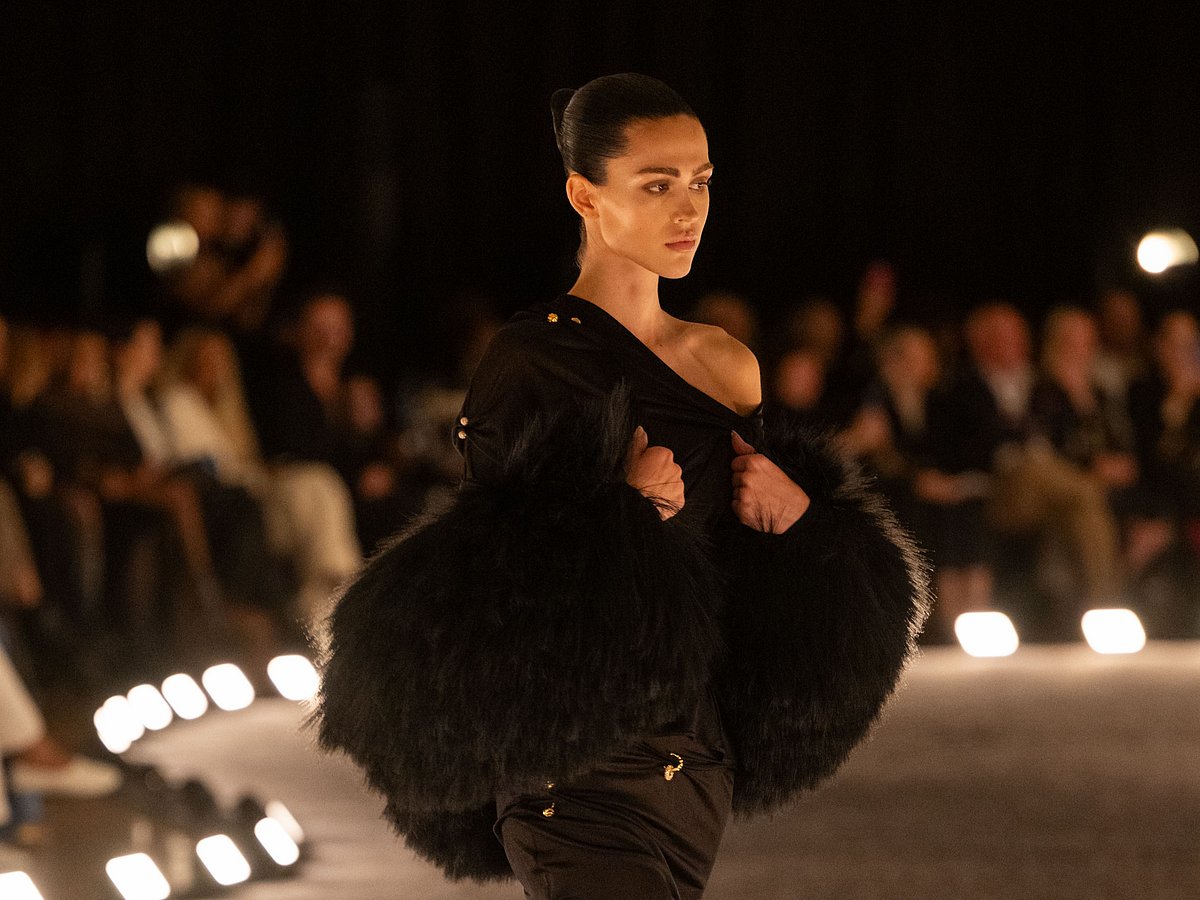SS26 trends unveiled: Paris Fashion Week round-up: Part 2
From Dior’s legacy revival to Balenciaga’s spatial redesign: Key highlights so far

Paris this season is a week where restraint replaced noise, and fashion’s great houses redefined what modern elegance looks like when stripped of excess. From Dior’s reconstruction of legacy to Balenciaga’s recalibration of space, Spring/Summer 2026 revealed a collective shift toward clarity, craft, and composure.
Dior
Jonathan Anderson’s first women’s collection for Dior opened the week with precision and poise. He reached deep into the Maison’s archive - the Bar jacket, the sculptural tailoring - only to loosen its seams. Symmetry became suggestion; drape replaced rigidity. The collection spoke of liberation through design, a Dior that understands history but no longer bows to it.
Loewe
At Loewe, the conversation between art and functionality reached a new clarity. Silhouettes were refined to their essence, with knits that sculpted and tailoring that breathed. Accessories felt architectural yet human - handbags that folded and flexed like small pieces of kinetic sculpture. Loewe once again proved that simplicity, handled intelligently, can feel radical.
Alaïa
Pieter Mulier at Alaïa continued to explore a feminine precision. The house’s codes - curve, contour, discipline - were translated into garments that traced the body’s architecture without overt display. There was a meditative focus on structure, cut, and control. In a season of conceptual reinvention, Alaïa offered something rarer: permanence.
Schiaparelli
Daniel Roseberry’s Schiaparelli danced between dream and discipline. Gold hardware, sculptural bodices, and surreal details were tempered by soft fabrics and elongated lines. The house’s art-couture heritage met a more grounded femininity - theatrical, yes, but newly intimate. Roseberry’s women still inhabit a fantasy, but one that moves.
Balenciaga
Pierpaolo Piccioli’s arrival at Balenciaga ushered in a new language for the brand - one of generosity, breath, and space. Gone was the armor of irony; in its place, coats that enveloped, trousers that drifted, silks that caught light like memory. The show felt like a deep exhale, a house rediscovering the human form beneath the silhouette.
Hermès
At Hermès, mastery prevailed. Each look unfolded in mineral tones - clay, saddle brown, ivory - and the craftsmanship was near devotional. Leathers moved like fabric, tailoring curved like sculpture. Nothing shouted; everything resonated. Hermès reminded us that refinement is not absence but control, an art of knowing when to stop.
Elie Saab
Elie Saab’s romance endured, but this season, it felt lighter, more deliberate. Layers of chiffon and metallic embroidery glowed rather than glittered, and even the most ornate gowns carried restraint. Saab’s vision of glamour has matured into something serene - femininity illuminated, not exaggerated.
Celine
Michael Rider’s Celine found liberation in looseness. Coats billowed, silk shirts slipped from shoulders, and tailoring blurred into nonchalance. It was Parisian polish undone - the kind of sophistication that arrives not from perfection, but from motion. Celine’s woman this season wasn’t posed; she was in transit.
Sign up for the Daily Briefing
Get the latest news and updates straight to your inbox
Network Links
GN StoreDownload our app
© Al Nisr Publishing LLC 2025. All rights reserved.